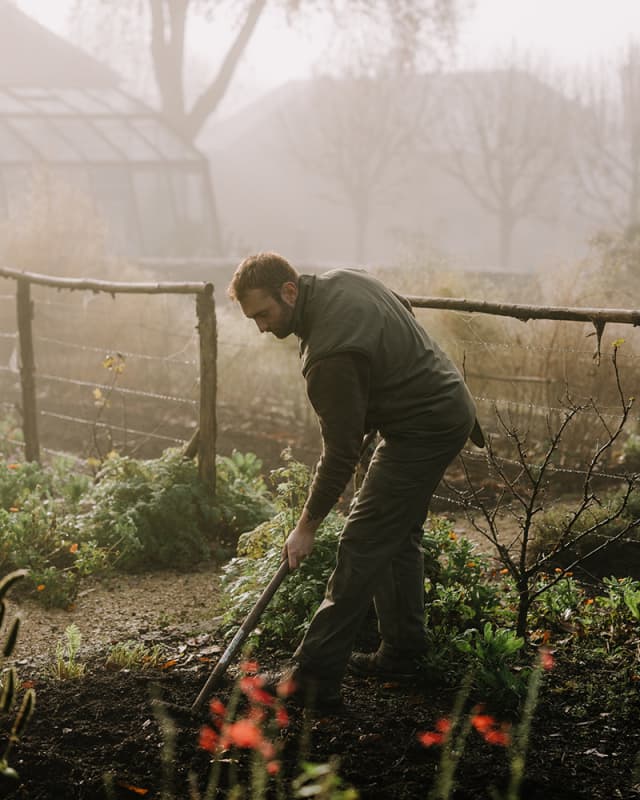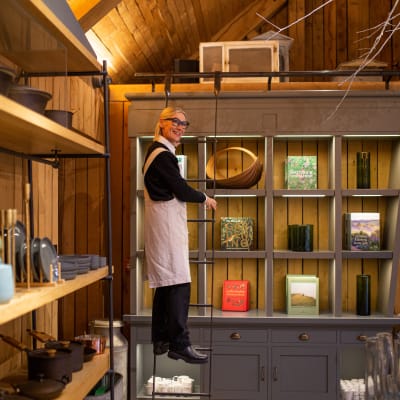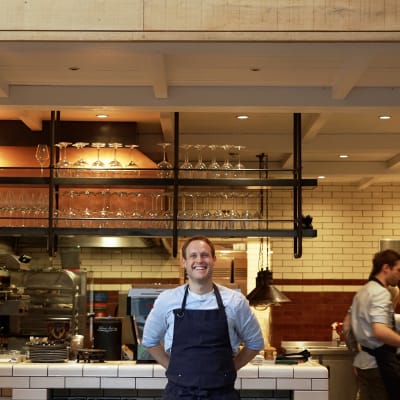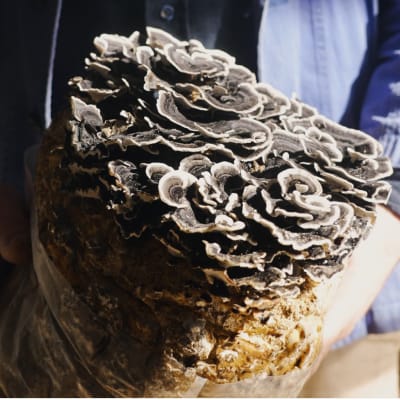Peter Olley, Team Leader on the Woodland Team shares his top tips on composting, to regenerate the soil in the garden and leave nothing to waste
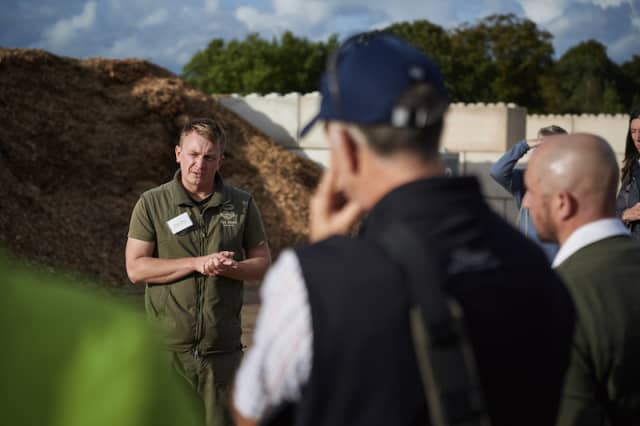
Healthy soil is at the heart of good growing and mulching the garden with a thick layer of compost improves soil structure, water retention and fertility. “It’s a good winter job and great for the compost to start getting incorporated into the soil,” explains Peter Olley, compost evangelist at The Newt. “There's not a lot of activity at this time of year in terms of root growth, so it adds nutrients to give the soil a boost.”
Peter spends a lot of time at The Newt’s compost pad between the Farmyard and Avalon, and he’s been learning how to perfect the compost for the ornamental and productive gardens over the last six years. The basic premise is that the gardeners will bring their garden waste to the pad: prunings, grass clippings, wood chip and the like. “It’s always going to decompose,” he says, “but the art of composting is learning how to control it to maximise the benefits.”
In his mind, the three core benefits of composting are: “to preserve nutrients, so you don’t lose them to the environment or to leaching; to conserve the environment; and to create value out of waste and make it into a nutrient-rich product to feed soil life and plants.”
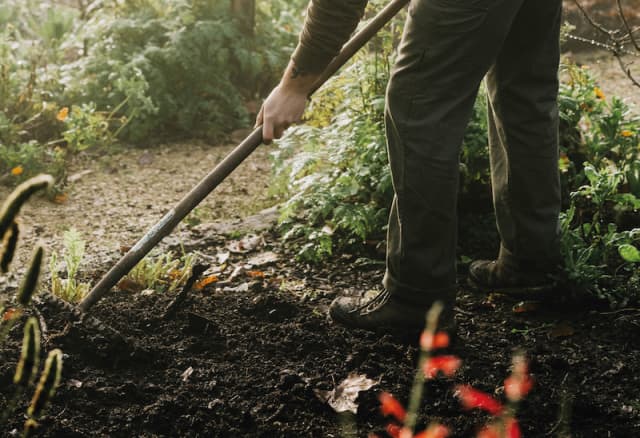
Digging a little deeper, Peter explains that maintaining oxygen levels in the way that you create the heap and turn the compost ensures the microbes can stay alive to do their thing and break down the garden waste into stable inorganic forms. It can then go back into the soil to be incorporated by plant roots and microorganisms into the soil food web, creating a nutrient cycle within the estate. If you compost without oxygen, a lot of the nutrients will be washed away, or released into the atmosphere as nitrous oxide or methane, which only damages the environment.
At The Newt compost pad, the process takes 12 – 16 weeks to turn unwanted garden waste into nutrient-rich black gold. Time incredibly well spent to regenerate the soil. Of course, there are other benefits of composting too: such as not buying mulches from other parts of the country and getting them delivered.
“A lot of people think composting is just whacking it in a big pile and leaving it,” says Peter, “but I would call that uncontrolled decomposition. Decomposition does not need to be controlled in nature, because organic matter does not accumulate in piles as big as ours! Composting is when you really think about what you're doing and create a process. Every year, we're making a better product and also finding ways to compost new materials so we can work towards being self-sufficient.”
The art of good compost might take a little experience, but as the ultimate way to reuse and recycle, we should all be making a heap.
Peter’s top tips for composting at home
1. Get the mixture right. When adding material to your heap, try to keep your carbon to nitrogen ratio as close to 30:1 as it can be. The easiest way to achieve this is to add half dry, brown materials, and half fresh, green materials.
2. Don’t be afraid to put woody material in there. Even if it doesn’t decompose in one composting cycle, it will act as a bulking agent, holding your pile together to allow good water and air transfer. It can then be added to the next compost mix.
3. Keep an eye on the moisture content. Not too little or too much! Too much water will fill the air gaps and aerobic microbes will die without oxygen. Too little water and microbial activity will slow down or stop altogether.
4. Watch out for odours! If composting is aerobic, it should smell sweet or earthy. If you can smell ammonia or a sour smell, then part of the process has become anaerobic and is out of balance. Agitating or turning your compost will help to increase oxygen levels.
5. Protect your compost from the environment. Large heaps provide natural protection, but small heaps need to be protected to prevent drying out, getting too wet, losing heat or getting weed seeds blown onto it. Try and use bays, tumblers, bins or covers on a small scale.
